G Suite Price Increase – Is it time to re-evaluate your subscription?
Chelsea Sauder • April 13, 2019
If you’re a G Suite subscriber, you’ve likely already seen the 20% price hike come into effect. Earlier this year, Google announced a price increase for both their G Suite Basic and Business plans, effective April 2nd.
The justification for the increase was that there has been significant organic growth of available tools and capabilities within the platform over the past 10 years and that this adjustment is reasonable. For many organizations, this price increase should trigger a closer look at your subscription to ensure you’re getting the most value possible from your monthly investment. That said, there are more than a few articles online comparing the features, benefits, and functionality in G Suite and Office 365 – this isn’t another one of those. Today, we want to take a more practical approach to this discussion.
An initial assessment of your subscription should include whether your company works without Microsoft Products such as Word, PowerPoint, and Excel. In our experience, many companies started with G Suite because they didn’t need licenses for the Microsoft Office suite of products. Unfortunately, as they’ve grown, they’re now spending money on G Suite and separately purchasing Microsoft licenses. If you’re keeping tabs on your bills, you’ll realize this is more costly than aggregating your services under the Office 365 umbrella. Let’s look at a practical example – if you’re a subscriber to the G Suite Basic plan ($6/user per month) and you’re also adding Microsoft Office licenses such as Word ($8.25/user per month), then you’re spending $14.25/user per month. As an alternative, you could bring these together into a single bill in the Office 365 ecosystem for $12.50/user per month. This savings is even further exaggerated if you’re a subscriber to the G Suite Business plan, coming in at $12/user per month. In either of these scenarios, a modestly sized company may be overpaying by $500-$1000 per year.
Next, consider your growth trajectory, support needs, and desire for seamless interoperability with partner organizations. A year ago, as reported by Reuters, only 15 companies from the S&P 500 used G Suite for their operations.
While these represent some big names, the prevalence of support experts for Microsoft products is much higher, and their tools more developed, as a result of their long-term lead in this field. If you’re poised for growth, you might consider taking a page from the playbook of these very large companies and sticking to the Microsoft option. This extends into employee comfort and interoperability as well. When on-boarding resources to your growing company, it is much more likely that new staff will have experience utilizing familiar Microsoft products. The same can be said for third parties that you work with; asking someone to join a Skype meeting tends to have a different feeling than asking someone to join a Hangout.
Finally, we should look at the other pieces of the Office 365 landscape that your organization might embrace if given the opportunity. Office 365 setup and adoption follows a few typical patterns and generally includes the need for corporate email (Exchange), corporate instant messaging and audio conferencing (Skype), and data storage (OneDrive for Business). While these three very common components are significant enablers for many small and midsize businesses, there remains substantial untapped value in the platform and licenses that you’re already paying for if that’s all you’re using!
A few of the key features we often see missed are:
- Internal Company Portal
- Intuitive Document Management System
- Business Process Automation
- Task and Project Management Capabilities
- Robust Reporting and Data Visualization
Is your company using G Suite and ready to move to Office 365? Our team is here to help you migrate your email, calendar, contacts, and documents without any data loss and with minimal interruption to your operations. Contact us here
and let’s talk!
Share this post with others:

When it comes to automating processes around your business, it can simultaneously seem like everything can be automated, and absolutely nothing can be automated. As with many other things, the real answer is somewhere in the middle but can be a bit challenging to put your finger on. These projects usually start when someone at the strategic level of the organization has decreed that “we are going to automate!” and either they personally go on the hunt for what to automate or they hand it off to someone on their team to go do the leg work and come back with “automation” (maybe in a nice box with a bow on it). Sound familiar?
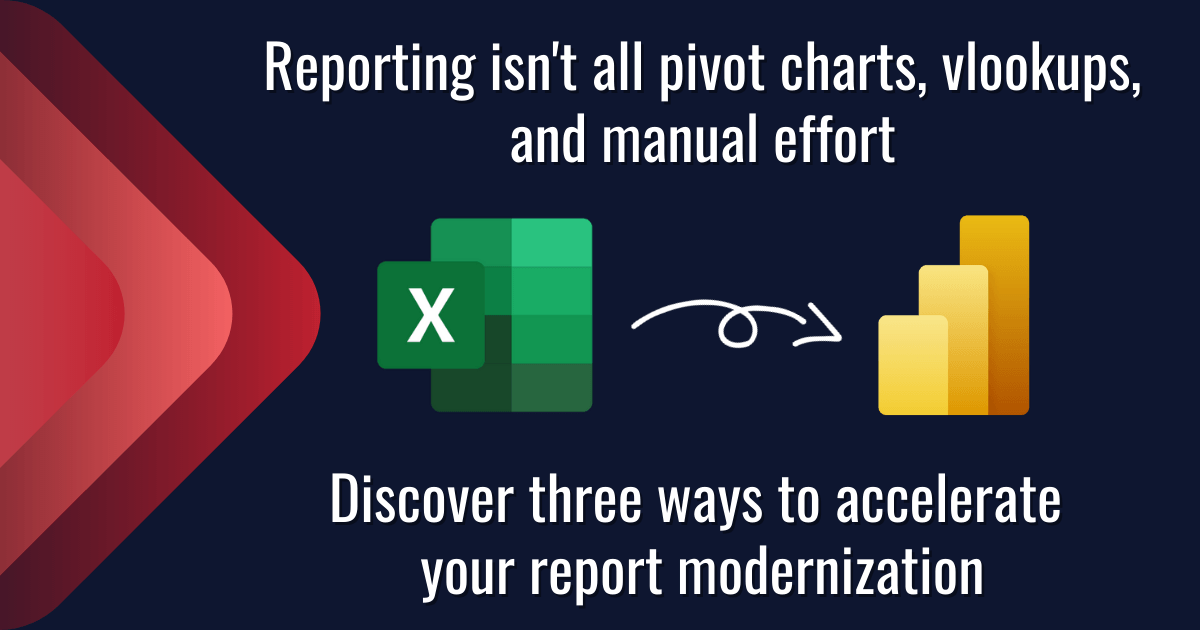
Data is everywhere. You’ve got a lot to focus on and it can be hard to stay on top of what’s going on with your business. Report creation in Excel is often time-consuming and can quickly become a nightmare. Modernizing your reports and streamlining your process with PowerBI to get more reliable and consistent reporting across all of your systems can be a game changer for your business. Read on to learn about three key acceleration tactics that our team uses on every implementation that we facilitate.
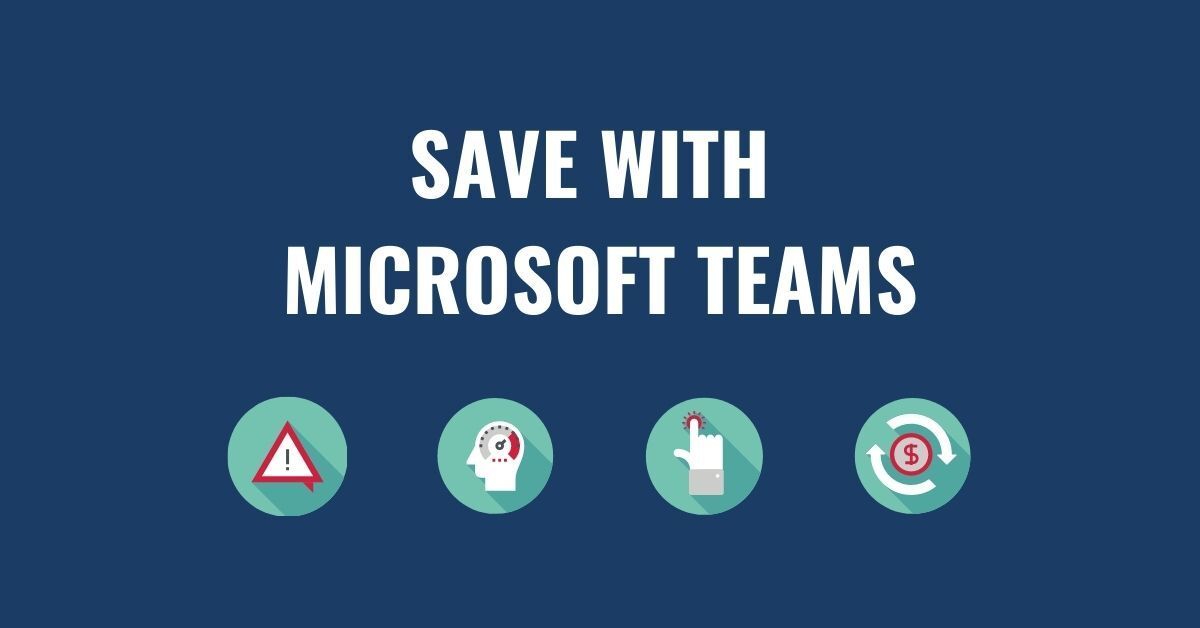
83% of knowledge workers require technology to work together. Microsoft Teams is a cloud-based collaboration and communication tool that lets workers share the right information to the right people all through one integrated platform. According to a Forrester report, The Total Economic Impact of Microsoft Teams, there are a variety of ways using Teams saves organizations time and money. Read and download the infographic to share here .
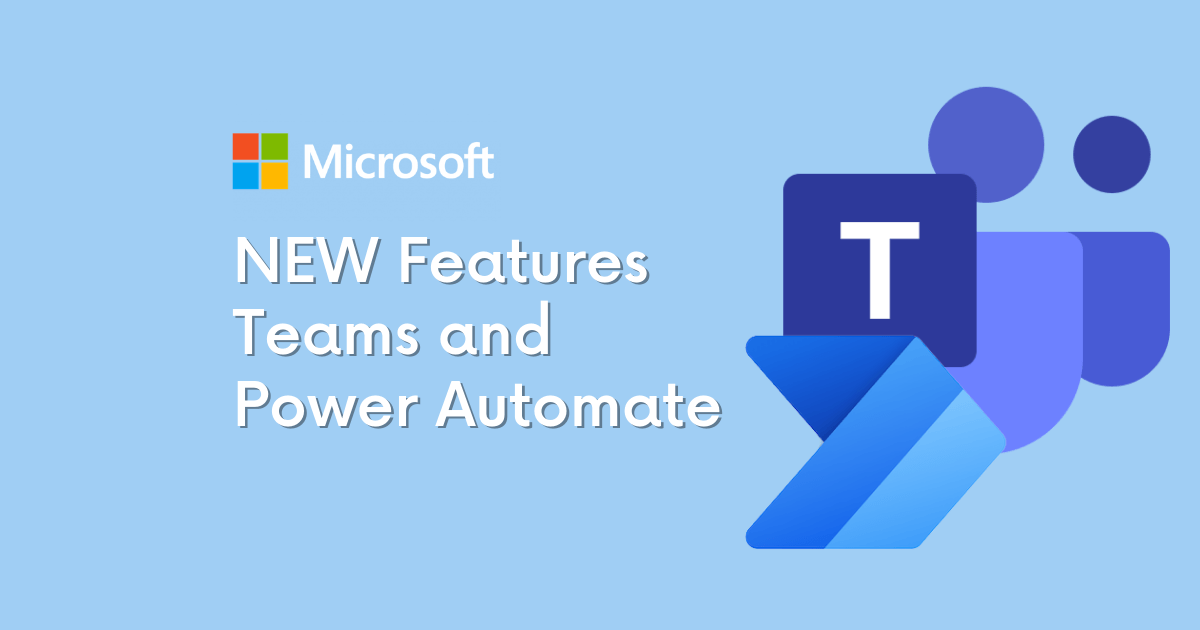
How to Get Started with the Power Automate app for Teams You can get started with Power Automate app in just 3 quick steps: Click on the … in the left-hand corner of your teams browser Search for “Power Automate” Click on the Power Automate app icon and pin it to your left-hand Teams navigation panel

As mentioned, there are several options available for automating your business. One of our favorite low-code/no-code options is the Microsoft Power Platform. As a suite of 4 different tools, the Power Platform can automate routine tasks, customer support, data visualization, and more. A few highlights on the effectiveness of the Power Platform are:

It is no secret that 2020 and the coronavirus pandemic altered the reality of doing business. These changes are showing little signs of letting up and a lot of the adjustments made to respond to a remote workforce may very well become a permanent feature in daily business operations. As business decision makers (BDMs) and IT decision makers (ITDMs) head into a new year it is important to keep an eye out for technology solutions that can further support these operational changes while increasing efficiency. This post briefly highlights the top 3 digital solutions we have our eyes on for 2021 and our Microsoft-based clients.

In our latest video series, Patrick Boren, Principal Consultant at TexasPGB, introduces the newest addition to the Microsoft Project family, Microsoft Project Operations. In this video Patrick discusses: What challenges Project Operations aims to solve What is Project Operations and common use cases for the tool Who uses Project Operations Upcoming "Day in the Life" Sessions Watch the video or read the condensed transcript below.
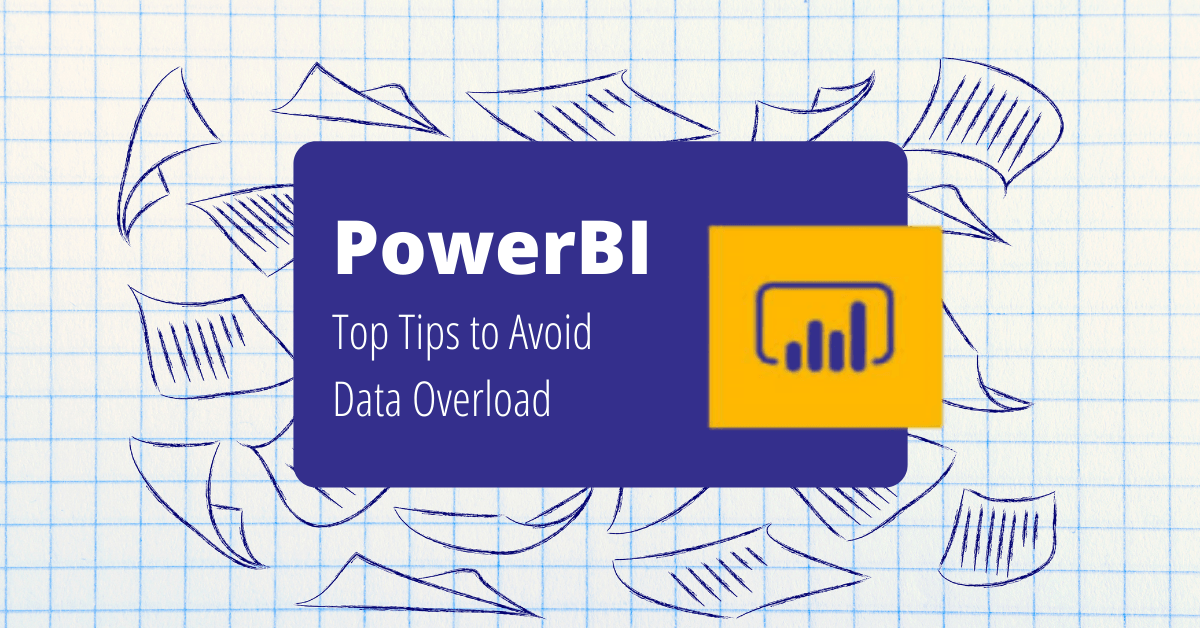
Having a wealth of data at your fingertips is great, but what happens when your data is so vast that it takes you years to make a key discovery? A friend of mine told me a story recently about an experience he had. His first company conducted a VP meeting every quarter – everyone scrambling to put together their presentations and make their case based on the data from Excel spreadsheets. Departments and information tended to be segmented into silos. While much of the data could be shared across the company, rarely was it compiled in a way to show how one area of the business could affect another.

If you are looking to migrate your data to Microsoft 365 there are two common methods to funnel your data - SharePoint or Common Data Service (CDS). SharePoint solutions take advantage of lists and libraries. Data is housed, originated, and manipulated entirely within the SharePoint platform. CDS solutions use both standard and custom entities to collect and house data that is then integrated across the Microsoft 365 platform. Below we will review a few ways each method is different and what you should look for before making a final decision for your data migration plan.
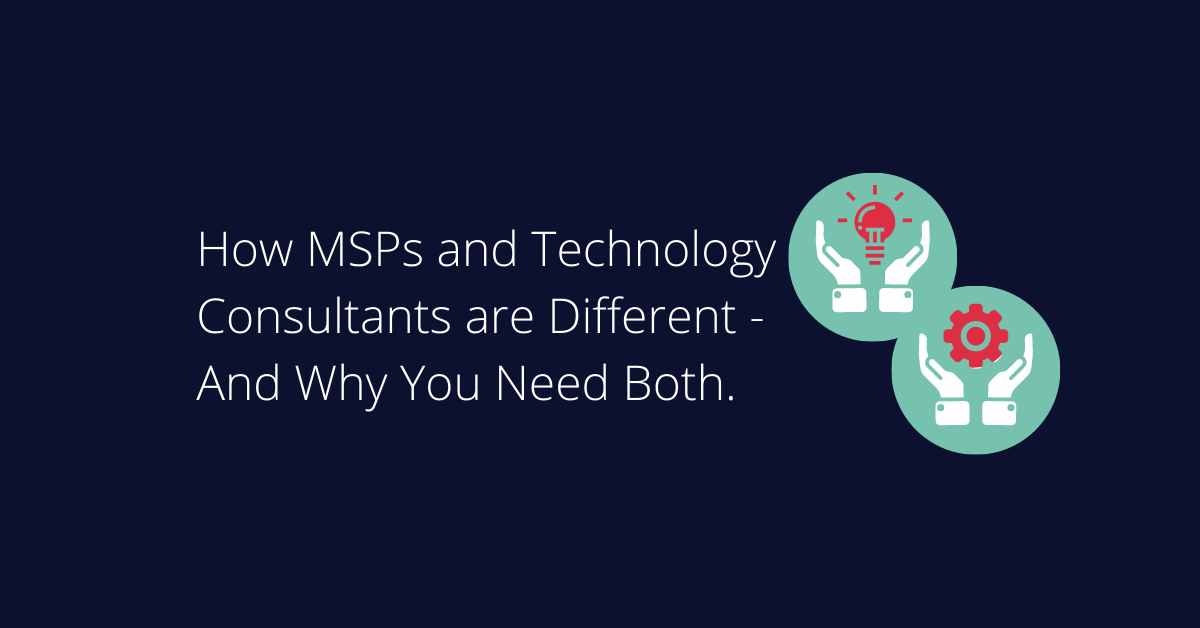
When it comes to technology, do you have a one-size-fits-all vendor? In today’s world of cost cutting, we see more and more organizations that end up missing out on huge technology opportunities by assuming a single vendor can and will do it all. As a technology consulting firm, we’re frequently asked “aren’t you the same as my managed service provider (MSP)?” Fortunately, for those that ask, we’re able to shed light on how a Technology Consulting Firm varies from an MSP.

